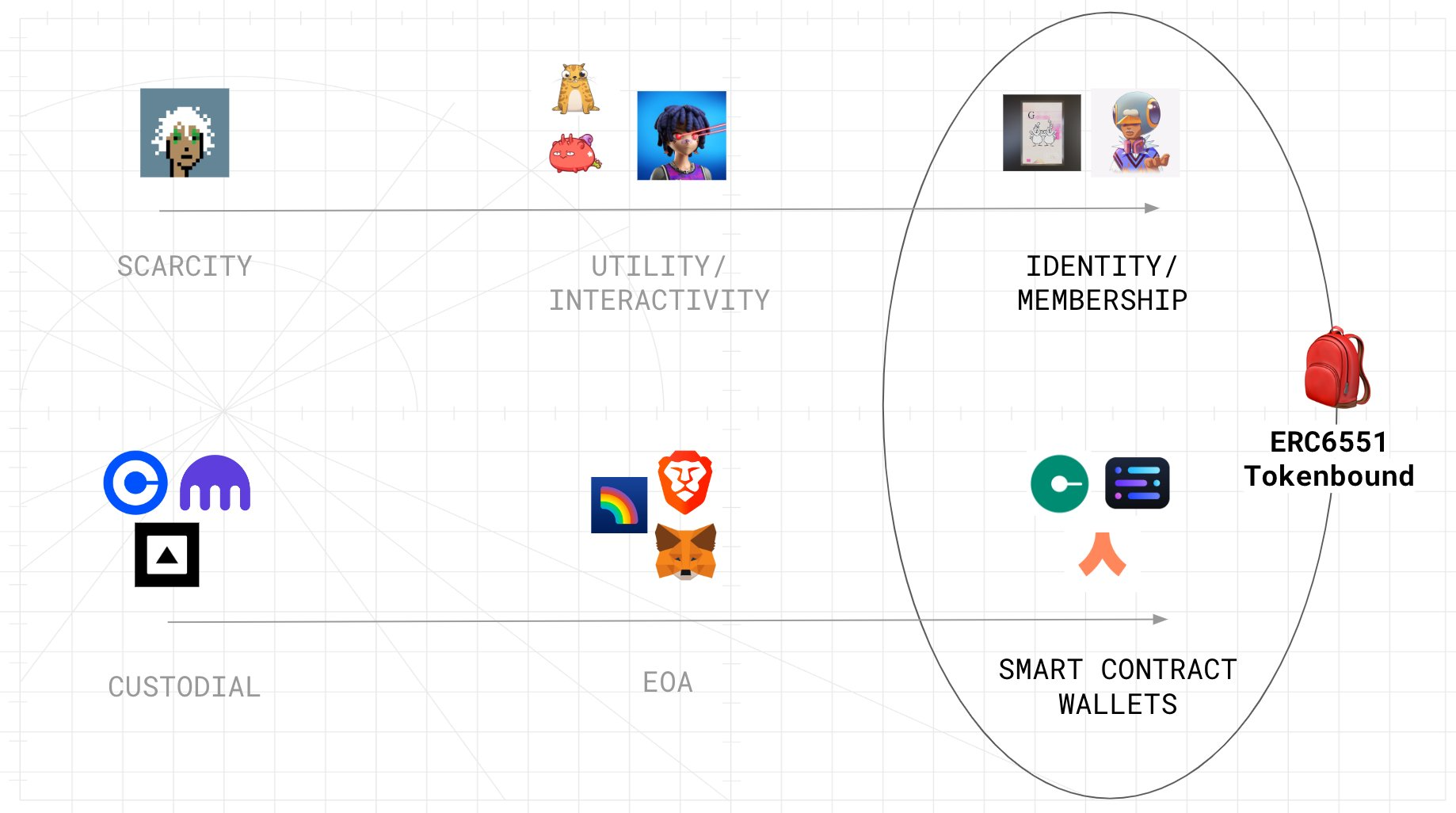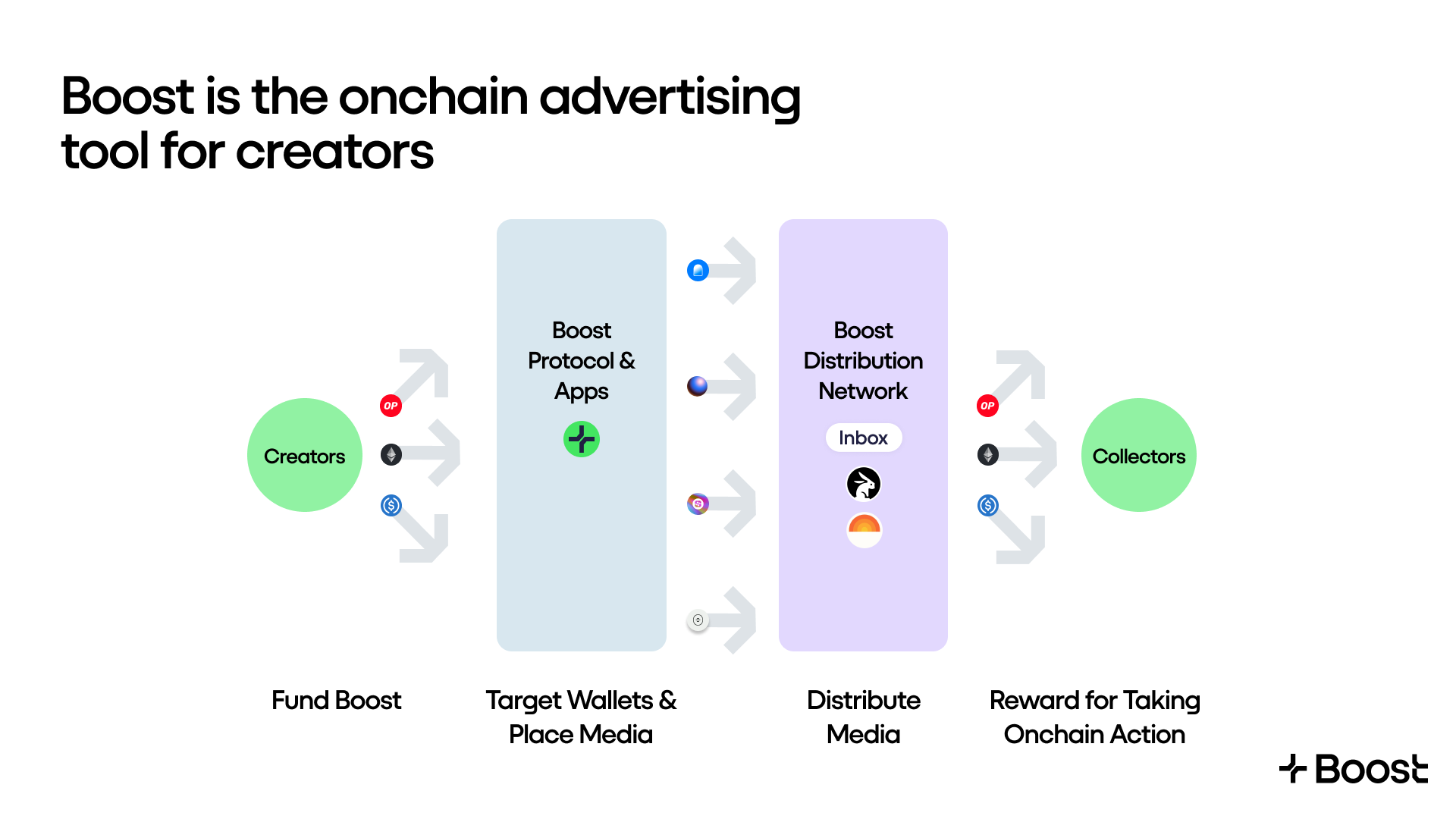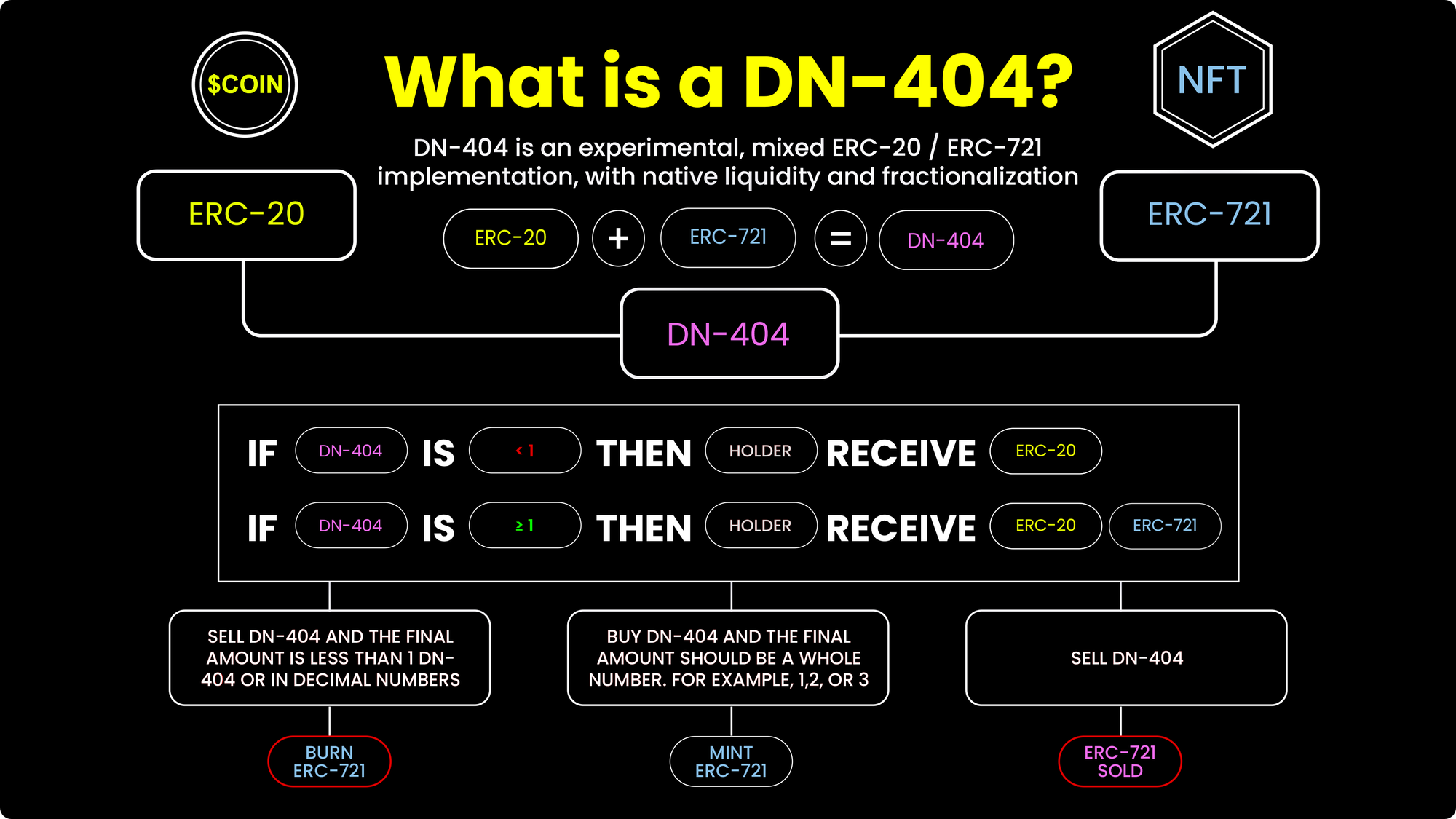8 NFT Primitives You Should Know About

If DeFi has “money legos,” then NFTs have “culture legos.”
Another way to put this? NFT primitives.
In crypto, a primitive is a fundamental building block that can be used to create more complex systems or applications.
NFT primitives matter because they pave the way for new innovations and new use cases around NFTs, enabling developers to build more sophisticated and versatile experiences.
To give you a better sense of the programmable possibilities here, let’s run through 8 examples of some of the most notable NFT primitives today.
1. Zora Protocol Rewards
When a creator selects the "Free + Rewards" pricing option while minting their NFTs on Zora, they become eligible for Protocol Rewards via the splitting of the 0.000777 ETH Zora Mint Fee.
Upon new mints, these rewards are accumulated into an escrow contract and can be withdrawn by the creator at any time.
Developers or platforms that facilitate the creation of NFT collections or refer collectors to mint NFTs also receive rewards. This includes “create referral” rewards for those who bring creators to the platform and “mint referral” rewards for those who bring in collectors.
Accordingly, Zora Protocol Rewards introduces a foundational reward mechanism that can be leveraged to create new applications, e.g. self-funded alternative Zora frontends. It can also be readily integrated into existing NFT projects and platforms.
2. ERC-6551

ERC-6551 introduced a foundational change to the NFT space by enabling NFTs to function as their own smart contract accounts.
By allowing NFTs to own assets, interact with web3 applications, and act as onchain identities, ERC-6551 significantly extended the basic properties of ERC-721 tokens. The composable nature of ERC-6551 means it can be combined with other protocols and apps to create new innovative NFT utilities.
For example, the original architecture of AI-based simulation game Parallel Colony was inspired by ERC-6551, as the standard allowed the game’s AI agents to act as wallets and manage their own token assets.
3. Boosts

Boost is a distributed incentives protocol. It enables the deployment of incentives, i.e. tokens, to spur targeted onchain actions, and recently we’ve increasingly seen boosts deployed to drive engagement for new NFT mints.
For example, you could set up a boost so that the first 100 minters of your latest NFT drop receive 2 $OP each as a reward. How you set up the parameters is entirely arbitrary and up to you, though.
All that said, Boost’s open and composable design allows it to be readily integrated with other applications, allowing it to serve as an incentivization lever for anyone who wants to tap into its capabilities.
4. DN-404

DN-404, an optimized version of the ERC-404 experiment, helped popularize a new way to create hybrid tokens that act as both fungible (ERC-20) and non-fungible tokens (ERC-721).
Accordingly, DN-404 can be used in a variety of applications, such as enabling fractional ownership of NFTs, increasing liquidity for NFT projects, and creating new trading mechanisms that leverage both fungible and NFT properties.
5. Nouns Protocol

One of the most popular NFT primitives is the Nouns Protocol.
With this system, the Nouns pioneered an all-in-one model for continuous NFT generation, auctioning, and community governance. This foundation has inspired and been modified by many dozens of spinoff projects to date, leading to the phrase “Nounish DAOs.”
Nouns Protocol’s entirely onchain nature also means that developers can spin up new apps around Nouns however they please.
6. Liquid Delegates

Created by the Delegate team, Liquid Delegates introduced a novel mechanism that allows delegation rights to be wrapped into tradeable NFTs.
By enabling NFTs to delegate rights, Liquid Delegates added the ability to trade these rights, claim airdrops, access token-gated communities, and more, all without transferring ownership of the underlying asset.
Projects can use this capability toward various ends, but we've commonly seen it integrated so people can safely mint or make token claims from their vault wallets.
7. Non-Fungible Vaults (NFVs)

Developed by Open Dollar, Non-Fungible Vaults (NFVs) tie collateralized debt positions (CDPs) to transferable NFTs instead of protocol accounts.
This primitive makes the ownership of stablecoin borrow positions liquid and transferable, improving capital efficiency and flexibility.
In other words? NFVs pave the way for the first secondary loan markets in DeFi, and they can be integrated across DeFi in new ways thanks to existing as NFTs.
8. Liquid Listings

One of the newer NFT primitives around is Flayer's Liquid Listings, which allow rarer non-floor NFTs to be deposited into collection pools in exchange for "Floor Tokens."
These tokens, e.g. ƒMILADY, represent the floor value of the NFT and can be sold to provide immediate liquidity, with the remaining value of the listing realized upon the final sale of the NFT.
Notably, this primitive uses Harberger Fees to ensure fair pricing, making it easier to sell non-floor NFTs and access liquidity quickly in a smooth fashion.